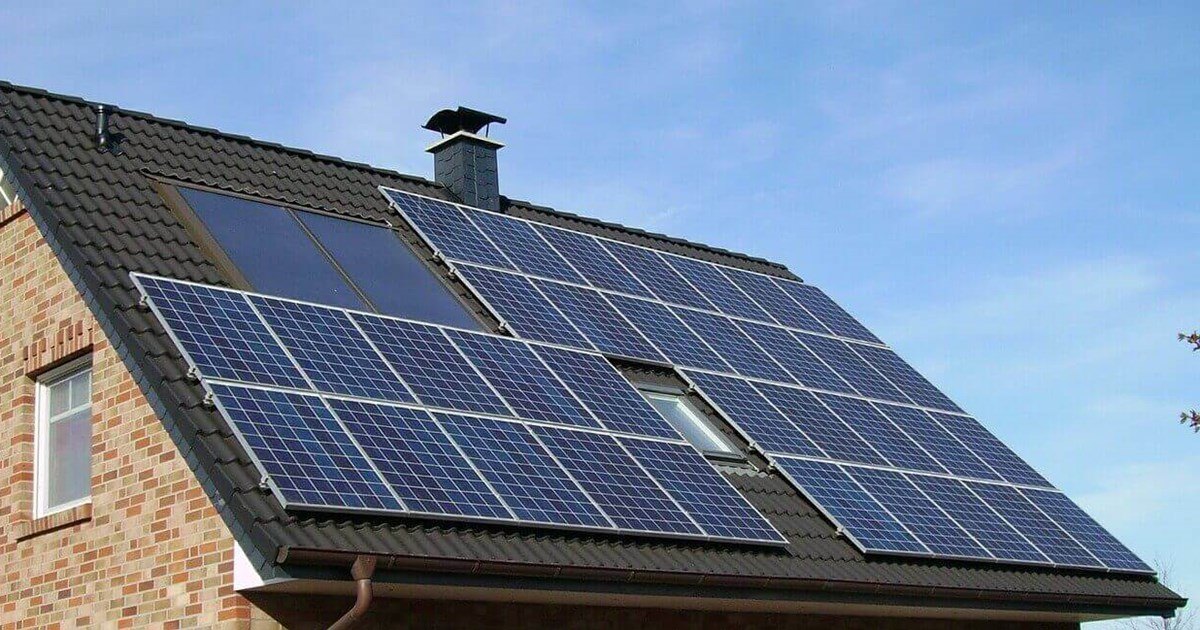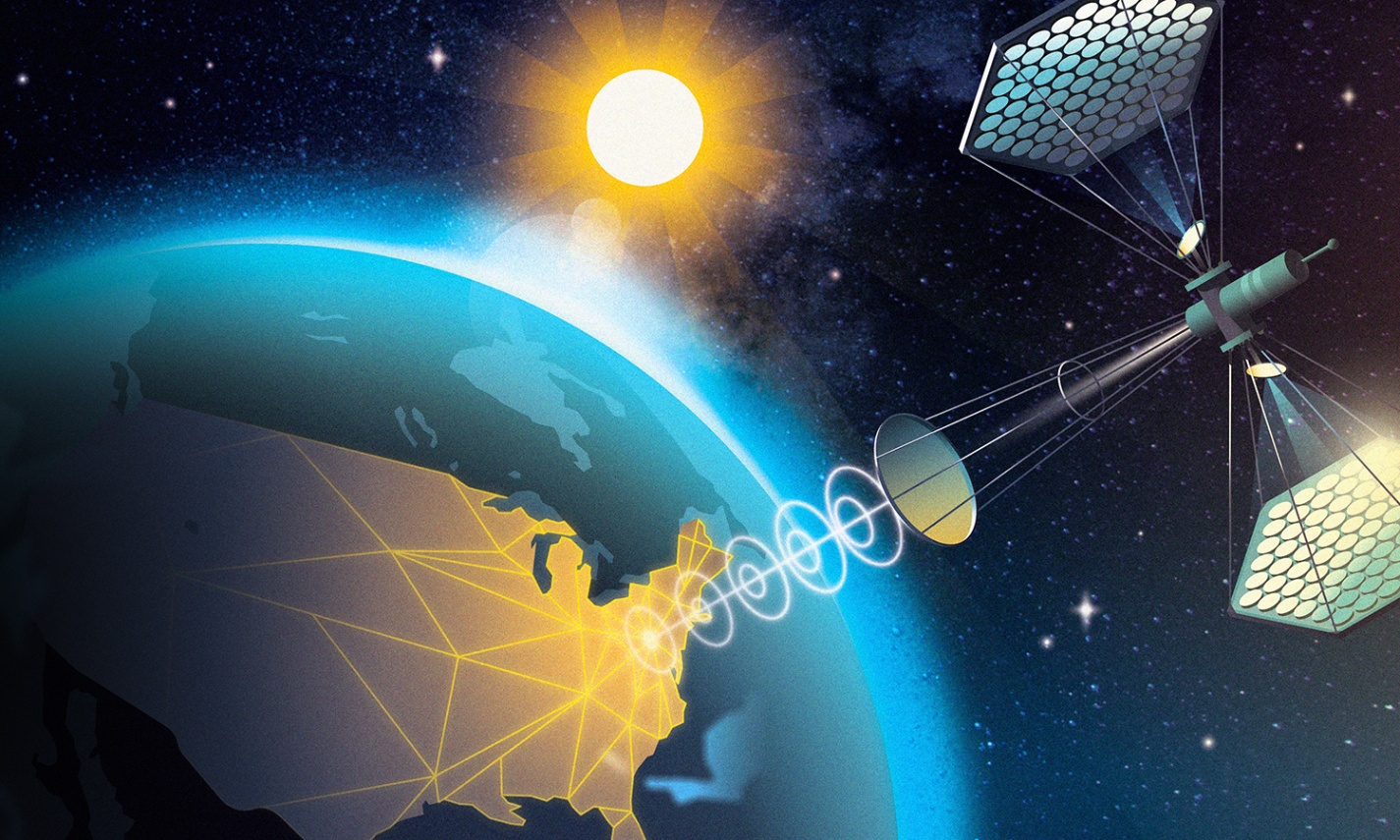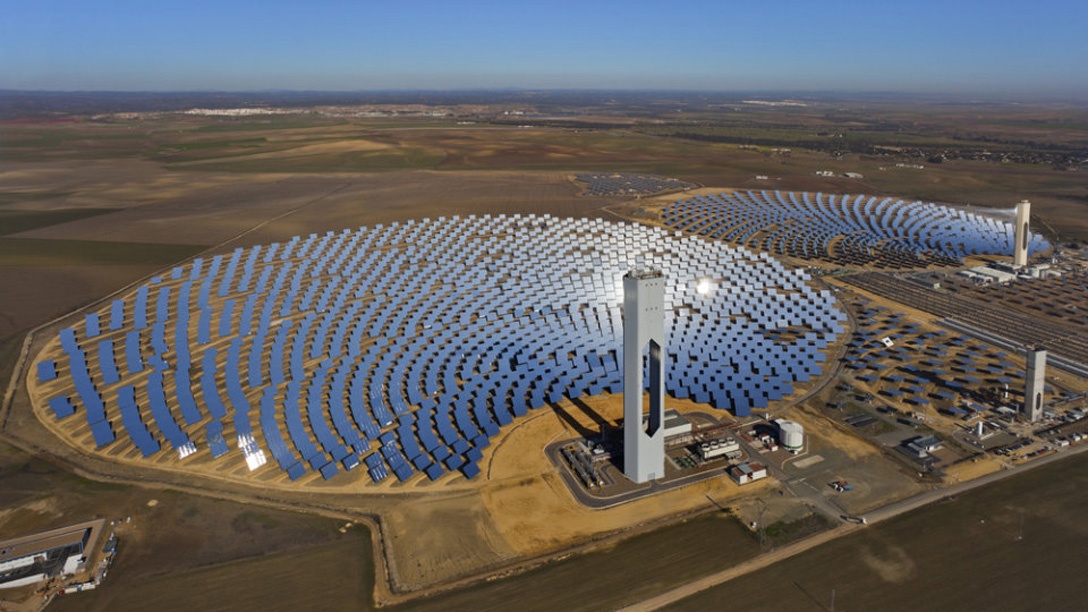When it comes to solar panels, I’m pretty sure most people are aware of their usage in powering houses, buildings, and other structures. But have you ever imagined having solar panels in outer space to collect solar energy to be used to power the Earth?
I could think of so many benefits that such a system could give to the planet, from addressing the global energy crisis to harnessing a renewable energy resource. It might also be able to finally reach the worldwide targets in carbon emission reduction.
In this article, I will discuss the concept of space-based solar power (SBSP), how it works, and the benefits of using such a system. I will also talk about the two most common designs for SBSP. If you want to know more, continue reading below.
- Understanding How Solar Technologies Work
- How Space-Based Solar Can Help Our Planet
- Examining How SBSP Systems Work
- Differences between Microwave Transmitting and Laser Transmitting Satellites
- Challenges in Building an SBSP System
- Updates on the Development of SBSP Systems

Understanding How Solar Technologies Work
In order to understand the concept of SBSP, I should first discuss how solar technologies work. Did you know that the amount of sunlight that reaches the Earth’s surface could power the planet for a year?

This is why scientists have spent decades trying to develop technologies to harness the sun’s energy as efficiently as they can.
Solar technologies convert sunlight into electrical energy. These technologies use photovoltaic (PV) panels or mirrors that concentrate solar radiation to do the conversion.
This energy is then used to generate electricity or is stored in batteries or thermal storage.
How PV and CSP Systems Work
Most people are familiar with PV because it is used in solar panels. PV cells inside the panels absorb energy from sunlight when the sun shines onto these panels.
Then this energy produces electrical charges that travel along an internal electrical field within the cell, resulting in a flow of electricity.
On the other hand, concentrating solar-thermal power (CSP) systems use mirrors to reflect and concentrate sunlight onto receivers which collect solar energy and convert it to heat before being used to produce electricity.
How Space-Based Solar Can Help Our
In a nutshell, space-based solar power is the collection of solar power in outer space and distributing it back to Earth.

SBSP is considered a source of sustainable and renewable energy and is a focal point in climate engineering.
Because it’s renewable and sustainable, many are looking at the possibility of a large-scale SBSP to solve global issues like climate change and fossil fuel depletion.
Since the early 1970s, there have been various SBSP proposals, but none were considered economically viable due to the nature of present-day space launch infrastructure.
The Potential of SBSP Systems
While just an hour of solar energy could address the Earth’s energy needs for an entire year, the collection is a challenge. This is because the atmosphere reflects back approximately 30% of this energy into space.
Unlike terrestrial solar panels, which can’t collect at night or when it’s cloudy, SBSP systems are able to collect more energy since there are no clouds or atmosphere to block space-based solar panels.
A solar collector strategically placed in an orbiting location where there is no night could further increase the solar energy collection potential of SBSP systems.
Examining How SBSP Systems Work
An SBSP system could either use microwave transmitting satellites or laser transmitting satellites. Both types of SBSP systems are self-assembling satellites containing reflectors and a power transmitter.

Microwave transmitting satellites have solar reflectors that are spread up to 3 kilometers and direct solar radiation onto solar panels. Meanwhile, laser transmitting satellites do the same job using inflatable mirrors.
These panels then convert solar power into either a laser or microwave, which is then transmitted down to Earth to power-receiving stations that collect the beam and add it to the electrical grid.
Advantages of Using an SBSP System
Aside from having no nighttime or any obstruction by the atmosphere, SBSP’s collecting surfaces are able to receive sunlight of higher intensity, about 144% more intense than what reaches the Earth’s surface.
Unlike surface solar panels, which can only collect energy at about 29% of the day, satellites could do this 99% of the time since they may only be in the Earth’s shadow at the spring and fall equinoxes for 72 minutes.
Since power is transmitted via beams, they can be redirected relatively quickly to areas with the highest need. And since it’s in outer space, there will be reduced interference from plants and wildlife.
Differences between Microwave Transmitting and Laser Transmitting Satellites
Microwave transmitting satellites will orbit the planet in geostationary orbit (GEO), which is about 3,000 km from the Earth’s surface, while laser transmitting satellites will be placed in low Earth orbit, which is just 400 km away.

Microwave solar satellites weigh more than 80,000 metric tons and cost tens of billions of dollars but can transmit power regardless of atmospheric conditions.
Laser transmitting satellites weigh under 10 metric tons and are cheaper to build, costing between $500 million to $1 billion.
However, transmission is less functional compared to microwave solar satellites as it is more difficult to transmit through heavy clouds and rain.
Terrestrial Receivers and Space Launches
Laser satellites are self-assembling, which means lower risks and costs, while microwave solar satellites will require space-based assembly and about 100 space launches to build.
Because a laser beam would have a smaller diameter, it will be cheaper and simpler to build terrestrial receivers. Microwave satellites would need to be several kilometers in diameter.
The distance from Earth would make it impossible to repair microwave satellites while people are concerned about blinding and possible weaponization of the laser satellites.
Challenges in Building an SBSP System
Despite the clear advantages of creating an SBSP system as a sustainable solution to the rising global energy demand and climate change, there are several challenges that technology needs to overcome in order for a system like this to become reality.

Aside from the economic viability of the current space launch infrastructure and the cost of implementing such a system, SBSP also faces several technological hurdles, particularly in the transmission of energy to Earth.
The use of wires from the Earth’s surface to a satellite is impractical and not feasible using existing technologies.
SBSP systems generally involve wireless power transmission, but they are prone to conversion inefficiencies.
Other Challenges that Need to Be Overcome
Another issue with transmission is land use concerns for antenna stations required to receive the energy on the surface.
They will require large blocks of land near the end-users because of the large size of the receiving antennas.
In addition, the service life of solar energy collectors is also a source of concern. Long-term exposure to the space environment could cause degradation from radiation and micrometeoroid damage.
Updates on the Development of SBSP Systems
Currently, the countries that are actively pursuing SBSP are the U.S., the UK, India, Japan, China, and Russia. These countries have been conducting individual initiatives in a race to create the first working SBSP system in the world.

The Basic Space Law passed by the Japanese government in 2008 set space solar power as a national goal while the Japan Aerospace Exploration Agency (JAXA) created a roadmap to commercial SBSP.
At the 2015 International Space Development Conference, the China Academy for Space Technology (CAST) featured its SBSP roadmap, and in February 2019, China reported the construction of a testing base.
Further Updates on SBSP
According to CAST vice-president Li Ming, China aims to become the first country to build a working space solar power station with practical value. The Asian country plans to do test launches between 2021 and 2025.
Meanwhile, the U.S. Naval Research Laboratory performed its first test of solar power generation in a satellite in May 2020. In August 2021, Caltech announced plans to launch an SBSP test array by 2023.
It was revealed that Caltech trustees Donald Bren and his wife Brigitte have been funding the institute’s Space-based Solar Power Project since 2013, donating more than $100 million.
To Sum Up
I am thrilled about the recent developments for the space-based solar power system. If such a system becomes a reality, it would cause a dramatic shift in the global energy supply. It will also change our view of renewable energy, especially if something powerful yet sustainable is within our reach.
Unlike other energy sources, the abundance of solar energy makes it almost an infinite resource as long as we are able to build a system that’s economically and technologically feasible. This could also potentially bridge the gap between environmentalists and those that clamor for more energy sources.